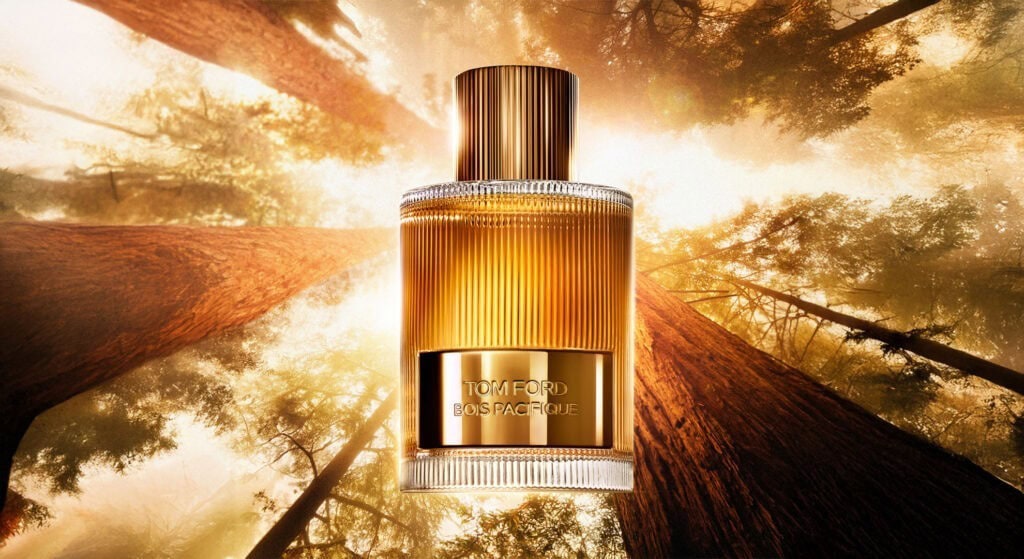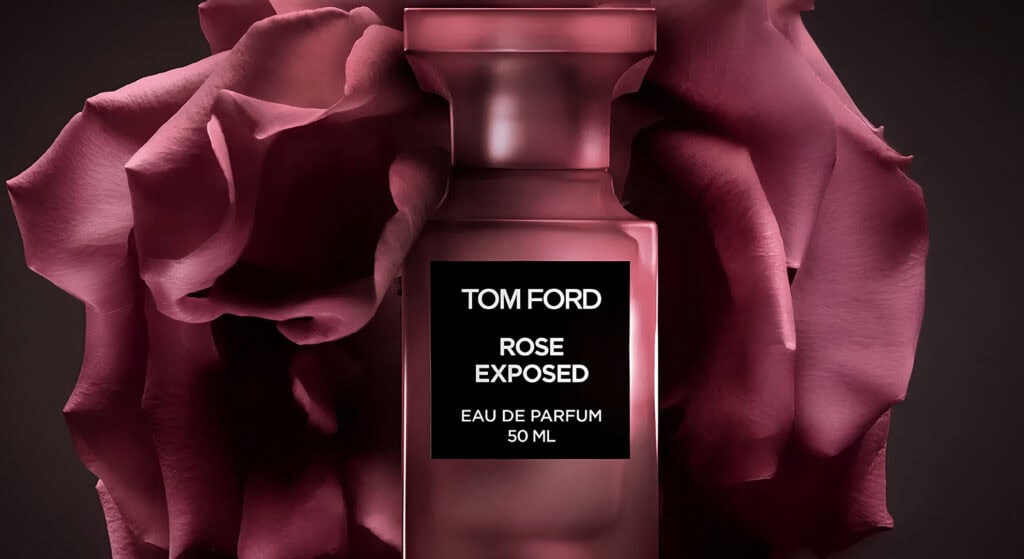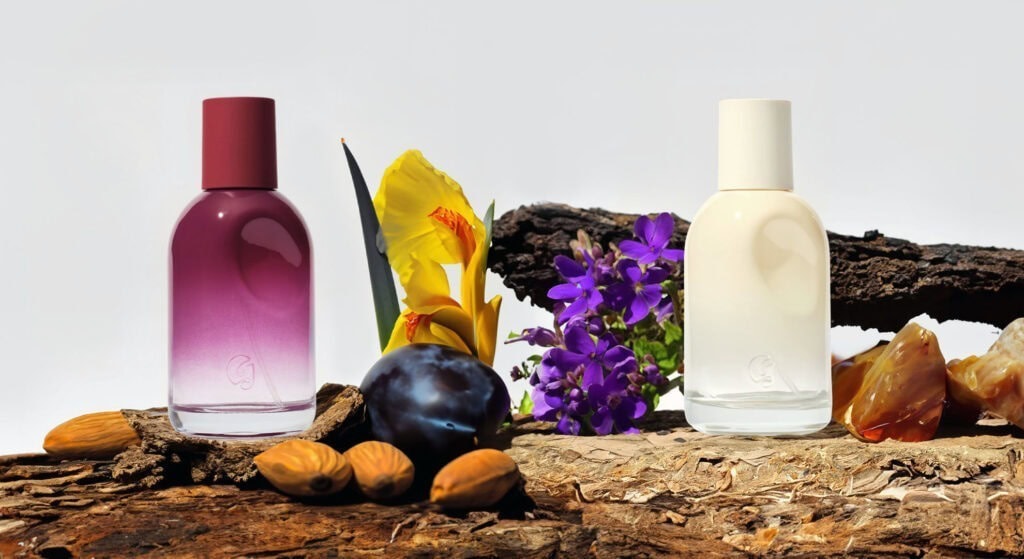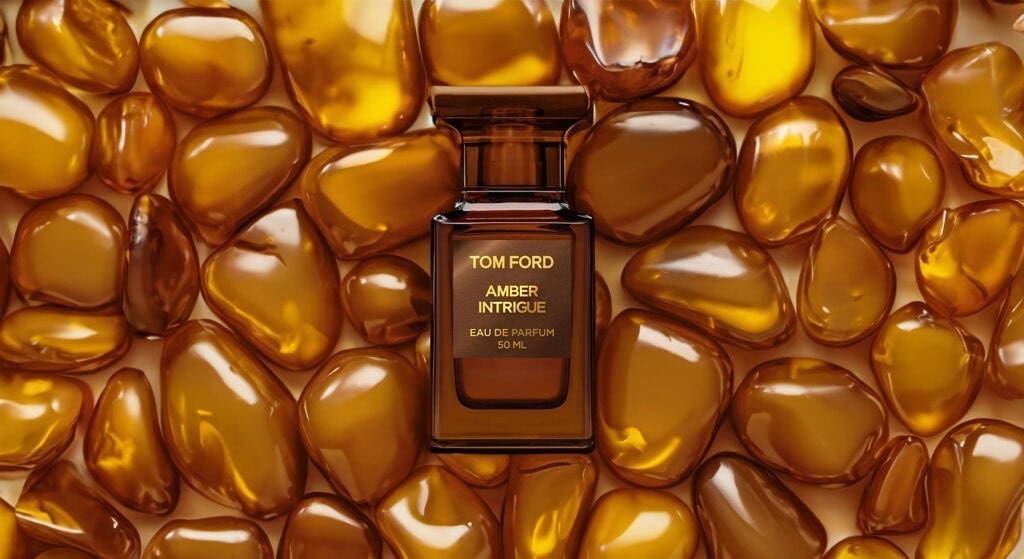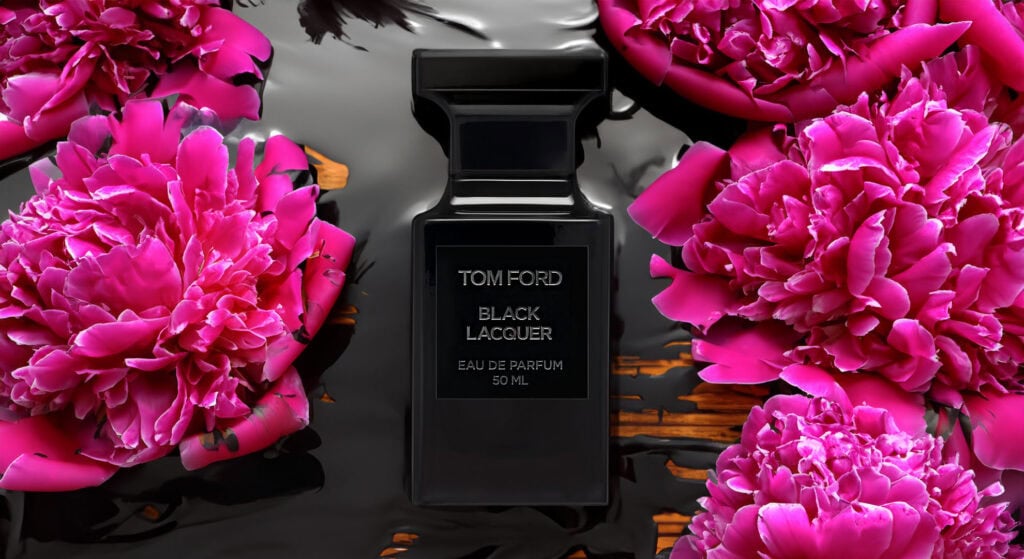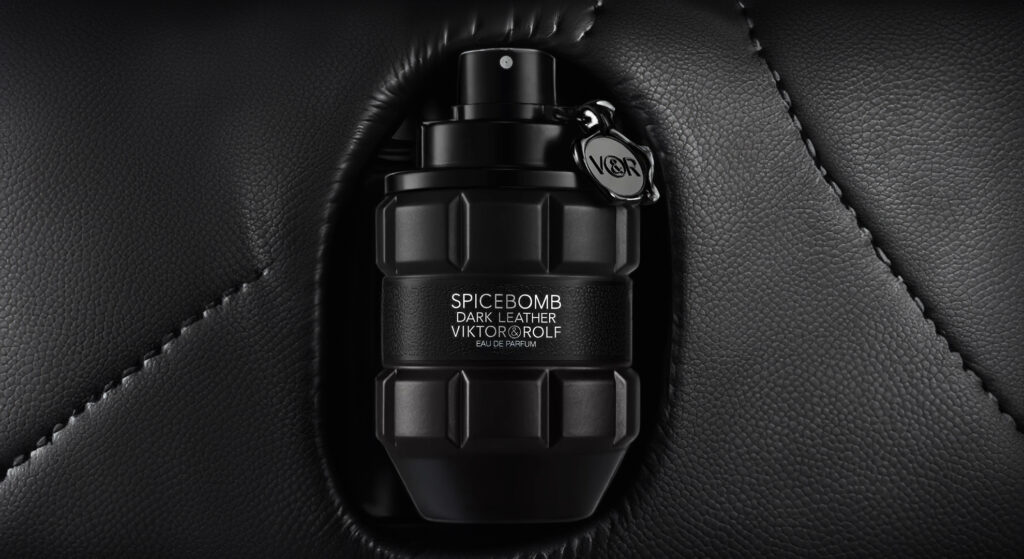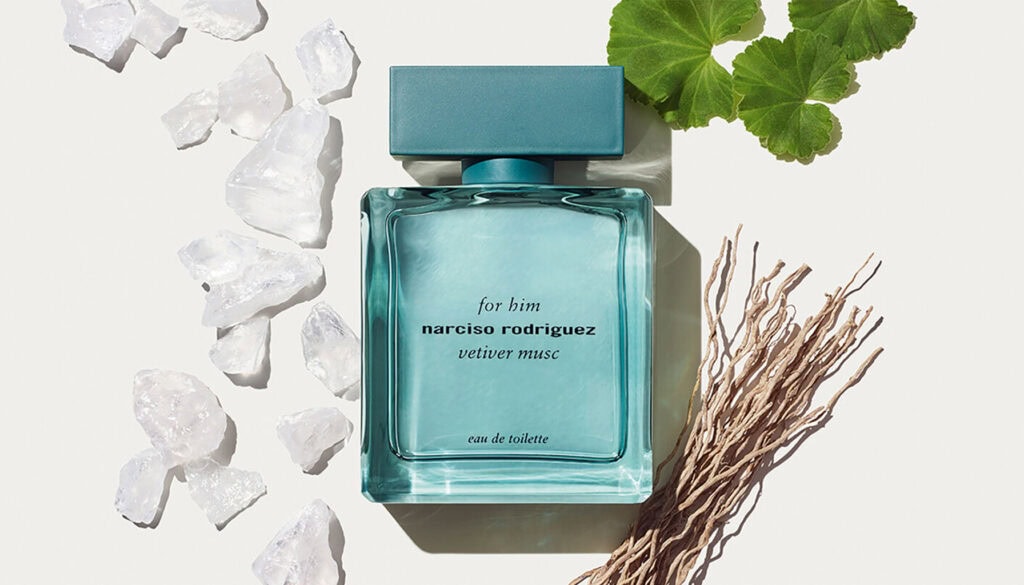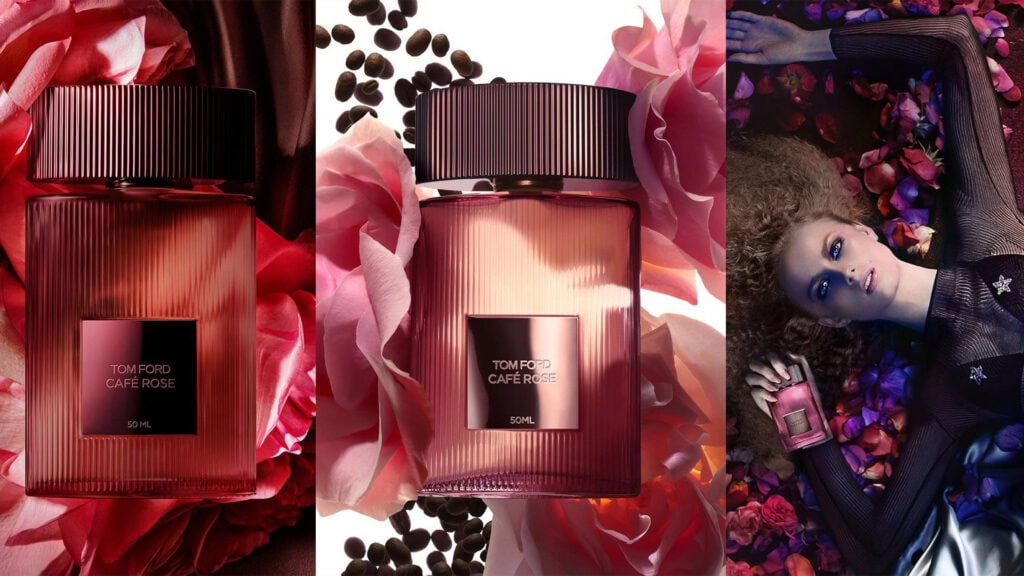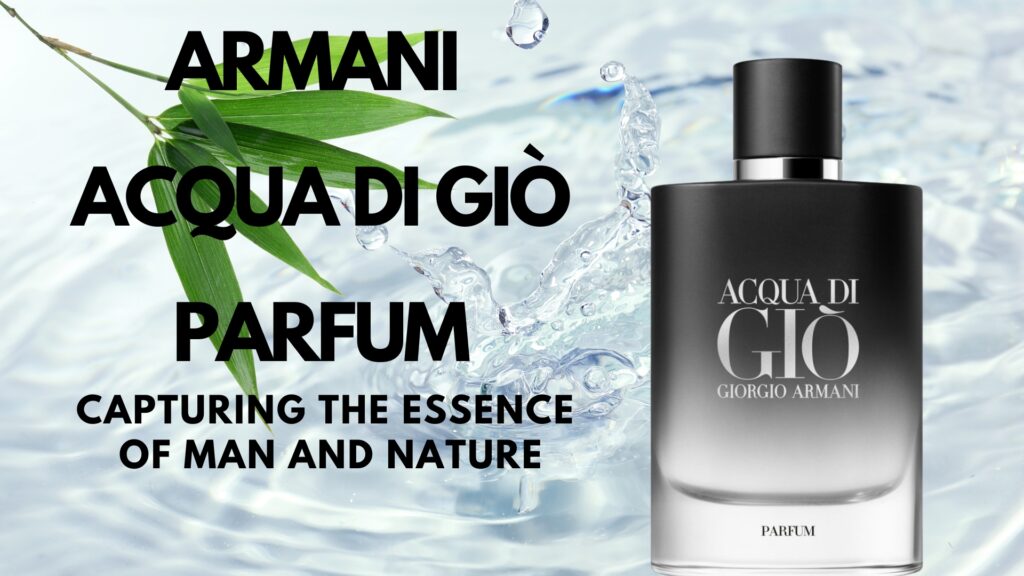Olibanum in Perfumery: From Extraction to Blending and Iconic Scents
Olibanum, more commonly known as frankincense, is one of the most revered and ancient ingredients in the world of perfumery. With its rich, resinous, and slightly spicy aroma, olibanum has been used for thousands of years in religious rituals, medicinal practices, and as a key component in fragrances. This article explores the extraction and use of olibanum in perfumery, the art of blending it with other fragrance elements, and some of the most iconic perfumes where olibanum plays a central role.
The Extraction of Olibanum for Perfumery
Olibanum is derived from the resin of the Boswellia tree, which grows in the arid regions of the Arabian Peninsula, East Africa, and India. The process of obtaining olibanum for use in perfumes involves careful extraction to capture its complex and multifaceted scent.
- Tapping the Tree: The extraction process begins with making incisions in the bark of the Boswellia tree, allowing the resin to seep out. This resin hardens upon exposure to air, forming small, amber-colored tears. These tears are then collected and sorted according to quality, with the finest grades reserved for high-end perfumery.
- Steam Distillation: To extract the essential oil from the resin, steam distillation is the most commonly used method. The resin is subjected to steam, which breaks down the resin and releases the aromatic compounds. As the steam cools, it condenses, separating the essential oil from the water. The result is a rich, golden oil that carries the full complexity of olibanum’s scent—woody, spicy, and slightly sweet with a hint of citrus.
- CO2 Extraction: Another method used to extract olibanum is CO2 extraction, which uses supercritical carbon dioxide to capture the resin’s aromatic compounds. This method is highly effective in preserving the full spectrum of olibanum’s scent, resulting in a pure, concentrated oil that is ideal for use in fine perfumery.
Blending Olibanum in Perfumery
Olibanum is prized for its versatility and depth, making it a popular ingredient in a wide range of fragrance compositions. Its rich, resinous aroma can add warmth, spirituality, and a touch of mystery to perfumes.
- Oriental and Spicy Compositions: Olibanum is a staple in oriental perfumes, where it adds depth, warmth, and a mystical quality. When blended with spices like cinnamon, cardamom, and cloves, olibanum enhances the richness and complexity of the fragrance, creating a scent that is both sensual and exotic. Amouage’s Interlude Man is a prime example, where olibanum is combined with amber, spices, and woods to create a deep, luxurious fragrance with an air of mystery.
- Woody and Smoky Scents: In woody and smoky perfumes, olibanum plays a key role in adding a resinous, balsamic quality that complements and enhances the dryness of woods like cedar, sandalwood, and oud. Its slightly sweet and citrusy undertones also add a balancing freshness to the composition. Tom Ford’s Oud Wood uses olibanum to add a smoky, resinous layer to its blend of oud, sandalwood, and spices, resulting in a scent that is both opulent and intriguing.
- Floral and Resinous Blends: Olibanum can also be used to add depth and a spiritual, meditative quality to floral perfumes. When paired with jasmine, rose, or ylang-ylang, olibanum introduces a warm, resinous undertone that grounds the sweetness of the florals, creating a more complex and sophisticated fragrance. Serge Lutens’ La Fille de Berlin features olibanum alongside rose and pepper, adding a rich, resinous backdrop to the bold floral notes.
- Fresh and Citrus Accords: Although it is more commonly associated with warm, spicy fragrances, olibanum can also add an interesting contrast to fresh and citrus perfumes. Its resinous warmth provides a grounding element that balances the brightness of citrus notes like bergamot, lemon, and orange, creating a fragrance that is both refreshing and complex. Acqua di Parma’s Colonia Mirra blends olibanum with citrus and myrrh, creating a fragrance that is both invigorating and rich.
Iconic Perfumes Featuring Olibanum
Several perfumes have become iconic for their use of olibanum, showcasing its ability to add depth, warmth, and a sense of mystery to a wide range of fragrances.
- Amouage Interlude Man: This fragrance is a masterpiece of complexity, featuring olibanum at its heart. Combined with amber, spices, and woods, olibanum adds a deep, resinous warmth that is both luxurious and enigmatic.
- Tom Ford Oud Wood: In this opulent fragrance, olibanum plays a crucial role in adding a smoky, resinous quality to the blend of oud, sandalwood, and spices. The result is a scent that is both rich and sophisticated, with a mysterious allure.
- Serge Lutens La Fille de Berlin: This bold and beautiful fragrance features olibanum alongside rose and pepper, adding a warm, resinous undertone that enhances the richness of the floral notes. The olibanum creates a sense of depth and complexity, making the fragrance both powerful and refined.
- Acqua di Parma Colonia Mirra: In this fragrance, olibanum is blended with fresh citrus and myrrh, creating a scent that is both invigorating and rich. The olibanum adds a resinous warmth that balances the brightness of the citrus, resulting in a fragrance that is both refreshing and complex.
Olibanum, with its rich, resinous, and slightly spicy aroma, has been a cherished ingredient in perfumery for centuries. From its careful extraction to its skillful blending with other fragrance notes, olibanum offers a unique combination of warmth, depth, and spirituality that can elevate any perfume. Whether enhancing oriental, woody, floral, or fresh compositions, olibanum plays a crucial role in creating fragrances that are both luxurious and captivating. Iconic fragrances like Amouage Interlude Man, Tom Ford Oud Wood, and Serge Lutens La Fille de Berlin demonstrate the enduring appeal of olibanum, proving that its place in perfumery is as timeless and revered as the ancient resin itself.



